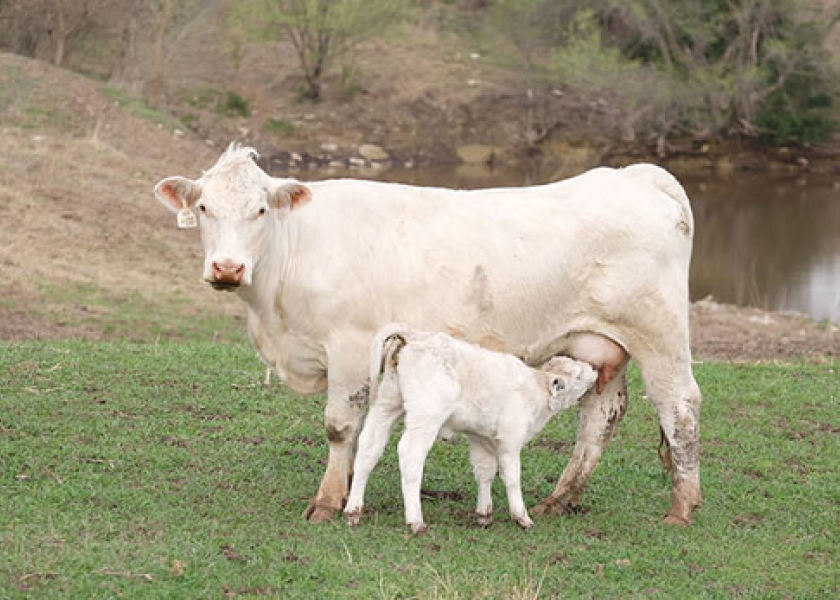Veterinarian Reviews Steps for Cattle Producers Before and After Calving

Kansas State University veterinarian Gregg Hanzlicek said being prepared ahead of calving season is the best way for producers to assure they will bring home the newborn calves successfully.
“We're approaching the end of the second trimester and moving into the third trimester which means the metabolic demands of that cow or heifer are going to increase tremendously,” Hanzlicek said.
A key to having a successful calving and production season is for cows and heifers to be in the appropriate body condition, which according to Hanzlicek is a score of 5-7. He said he has seen many cattle in the 3-4 range in the past few months.
“We’re far enough away from calving that we can add condition to these cows and heifers without (creating) an economic burden,” he said. “It really comes down to having a formulated ration that is balanced for protein and energy.”
For those wanting to add scour vaccines to their prevention program, “it’s time to decide what vaccine they are going to use,” Hanzlicek said. “Look at the label and schedule on the calendar when they need to start vaccinating the cows and heifers.”
Hanzlicek said heifers will require two doses of the scours vaccine, while cows need one. The timing of those vaccines is “very, very important,” he said.
Also, Hanzlicek recommends establishing a clean calving area to help reduce the risk of scours. “There’s two major risk factors for scours,” he said. “One is the lack of colostrum consumption. The other is a contaminated environment that the babies are born into.”
Hanzlicek recommends having a location to move the pairs off the calving area to keep the calving facility less contaminated with the scour organisms.
Getting the calf here safely is another factor to consider, "Most operations are going to have to help at least one animal during the calving season,” Hanzlicek said. The last national survey indicated that 1 of every 100 heifers and 2 of every 100 adult cows will need assistance.
Being prepared to pull a calf is important. Hanzlicek said producers should have the following items on hand:
- Clean straps or chains.
- OB sleeves.
- Lube.
- Working calf pullers.
- Veterinarian's phone number.
Intervening at an appropriate time is important. “If we intervene too early and the cow or heifer is not dilated, we can injure the tissues and hurt the calf,” Hanzlicek said. “If we intervene too late, a lot of times that’s when we end up with stillborn calves.”
According to Hanzlicek, once a cow has reached the second stage of labor, they should give birth within 30 minutes. A heifer should calve within an hour. Second stage labor is when the heifer or cow can be observed experiencing uterine contractions, or the water-bag or calf’s feet are visible.
If assistance from the producer is needed, and they are unable to extract the calf within 15 minutes, then help – either a veterinarian or someone with more experience -- should be called.
Following calving, the calf should be up and nursing within two hours, Hanzlicek said. If not, a colostrum replacer can be given to help get the calf started.
“Colostrum-based powders are the best way to go, and I would recommend that every producer have one or two bags of powder replacer on hand during the calving season,” Hanzlicek said.







